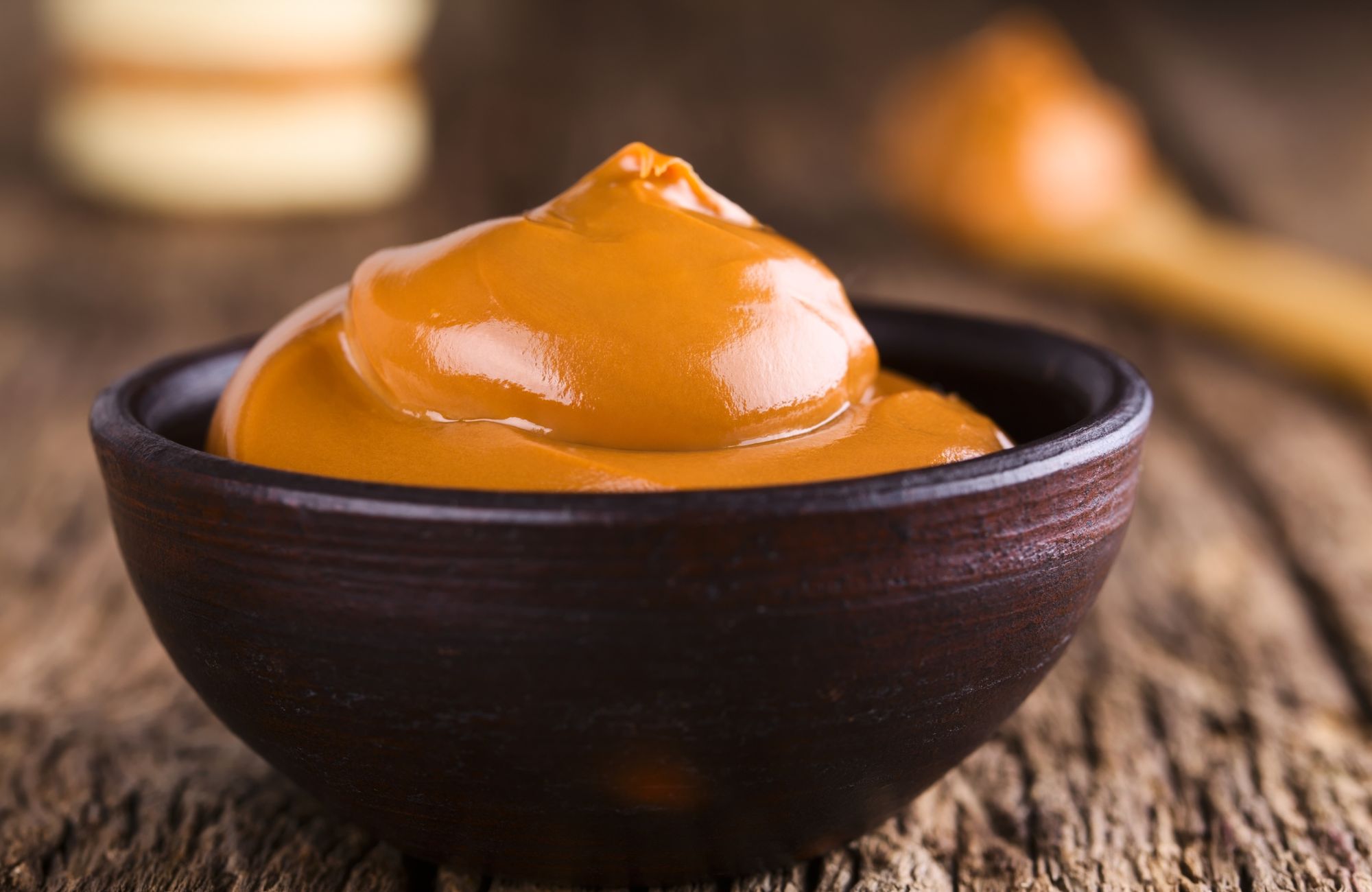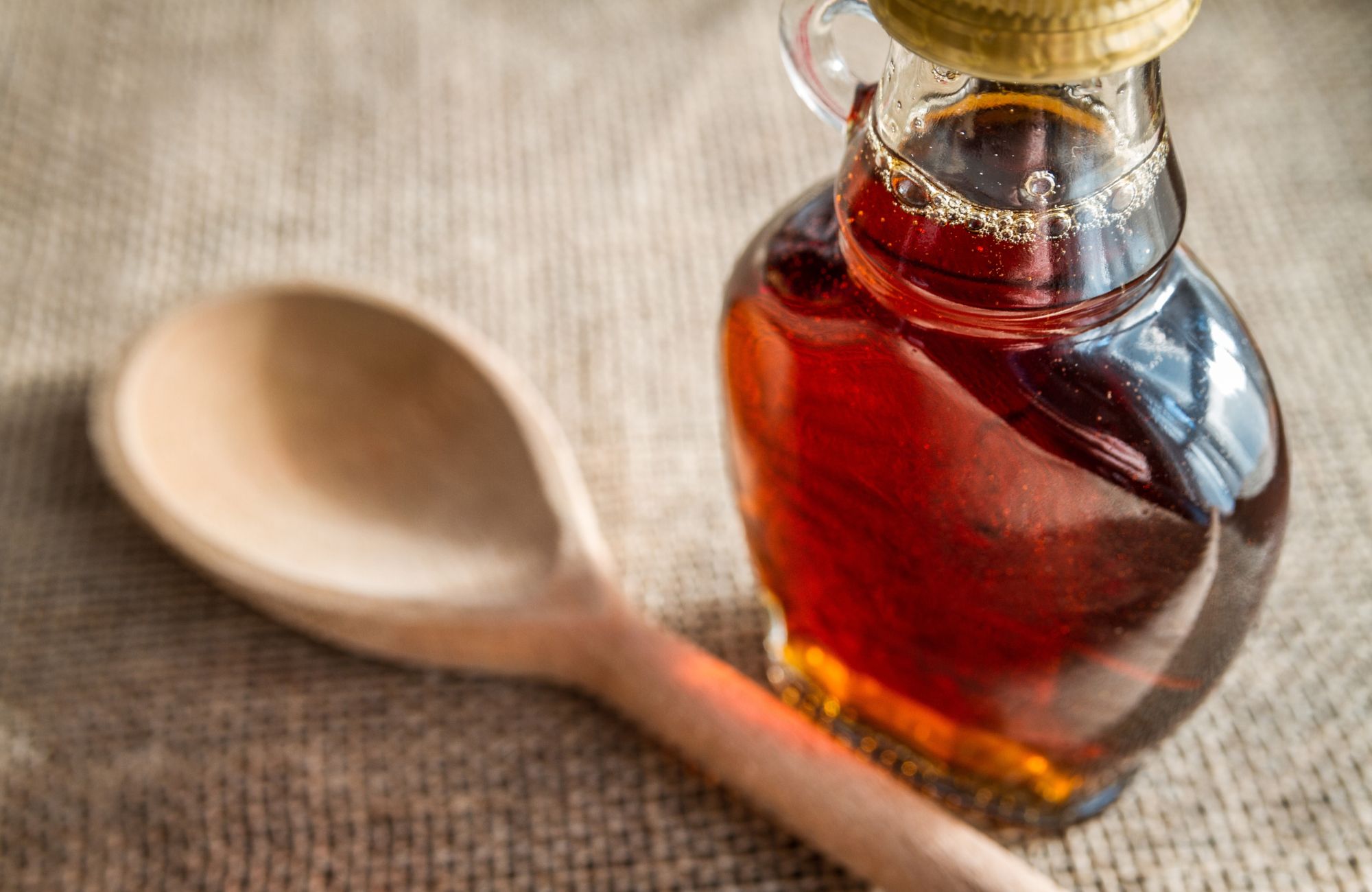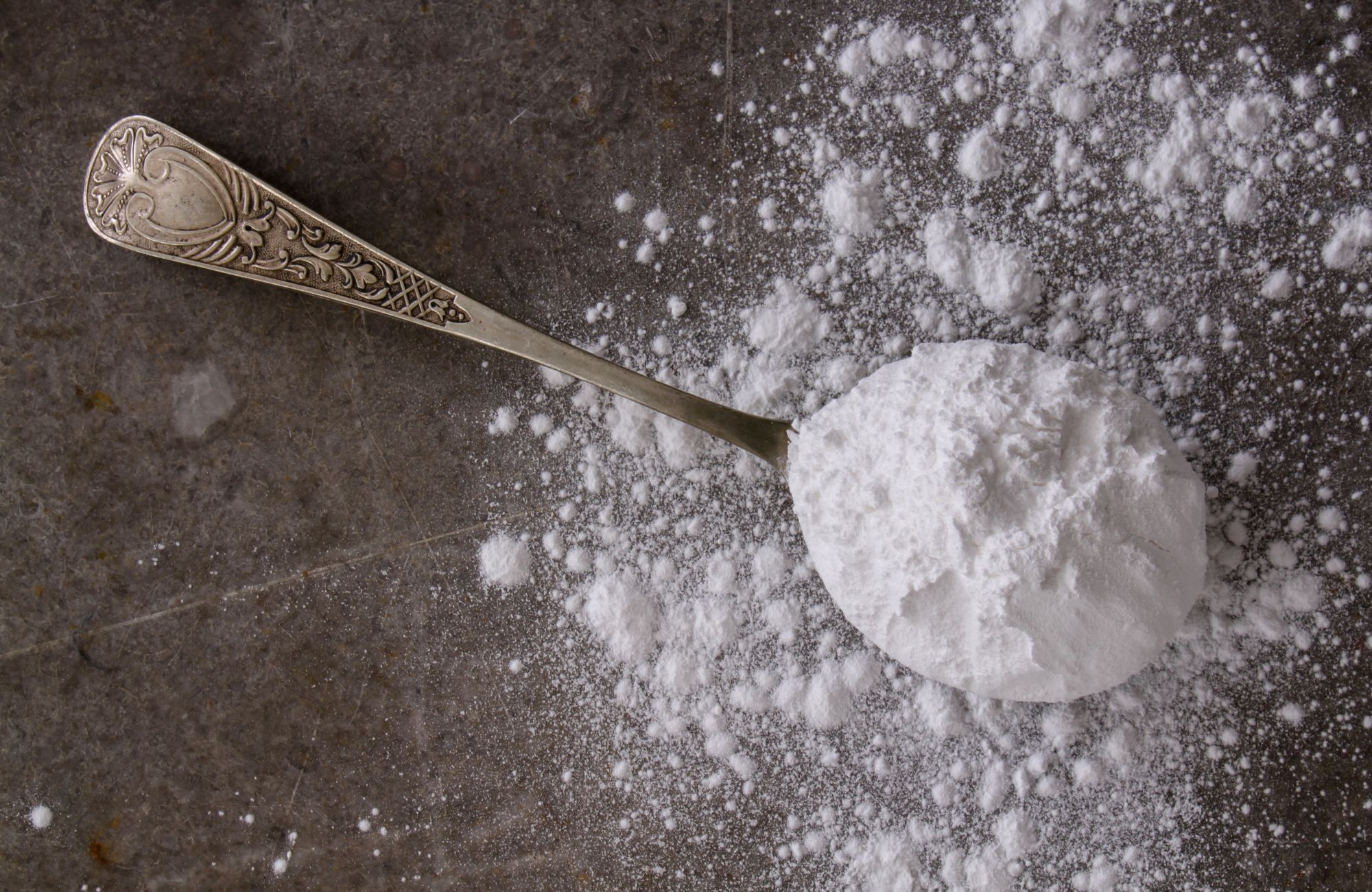
What Is Demerara Sugar? Exploring Uses and Benefits
In the vast world of sweeteners, demerara sugar stands out with its distinctive golden-brown color, large crystals, and rich flavor. With a subtle caramel-like taste and a coarse texture, it offers more depth than regular white sugar. Whether you’ve seen it in a recipe or on store shelves, demerara sugar adds a touch of natural sweetness that enhances both drinks and baked goods.
Understanding Demerara Sugar
Demerara sugar is a partially unrefined sugar that retains some natural molasses, giving it a warm golden-brown color and a subtle caramel or toffee flavor. Though often mistaken for “raw sugar,” it undergoes boiling, evaporation, and crystallization, making it refined to some extent.
Key characteristics include:
- Color: Golden-brown due to molasses content
- Texture: Large, crunchy crystals
- Moisture: Slightly higher than white sugar
- Appearance: Sparkly with a natural sheen
These qualities make demerara sugar a favorite among bakers and culinary professionals.
How Demerara Sugar is Made
Demerara sugar’s distinct texture and flavor come from its unique production process, which involves minimal refinement. It begins with harvesting sugarcane to extract sugarcane juice, which is then clarified to remove impurities. The juice is then heated to evaporate water, thickening into syrup. As it continues to concentrate, sugar crystals naturally form. These crystals are separated from molasses through spinning but are only lightly washed, preserving their golden color and rich flavor. Unlike white sugar, which undergoes extensive refining, demerara sugar retains more of its natural molasses, giving it a more complex taste and texture.
Distinctive Flavor Profile
Demerara sugar’s minimal processing gives it a more complex flavor than ordinary white sugar. Instead of just sweetness, it offers:
- Caramel notes
- Subtle toffee undertones
- Mild molasses flavor (lighter than dark brown sugar)
- A rich depth that enhances dishes and drinks
This complexity comes from the retained molasses, which adds both flavor and aroma. Compared to white sugar, demerara is less sweet but more flavorful, making it ideal when sugar needs to be a key ingredient, not just a sweetener.
Nutritional Profile and Health Considerations
While demerara sugar is less processed than white sugar, it should still be consumed in moderation. The key difference lies in its minimal refinement, which allows it to retain trace amounts of calcium, iron, magnesium, potassium, and B vitamins (B3, B5, and B6) from the molasses coating. However, these nutrients are present in such small quantities that they offer little to no significant health benefits.
Despite claims that demerara is a “healthier” alternative, its glycemic index (GI) is only slightly lower than white sugar, meaning it affects blood glucose in much the same way. While its minimal processing may appeal to those seeking less refined options, it remains an added sugar that should be enjoyed in moderation.
Culinary Uses and Applications
Demerara sugar shines in specific culinary applications where its unique properties can be showcased:
As a Topping
The large, crunchy crystals make demerara sugar ideal for:
- Sprinkling on top of scones, muffins, and cookies before baking
- Creating a crunchy topping on crème brûlée when caramelized
- Finishing quick breads for added texture and visual appeal
- Rimming cocktail glasses for both flavor and decoration
In Beverages
The complex flavor profile makes it excellent for:
- Sweetening tea, where the caramel notes complement many varieties
- Adding depth to coffee drinks
- Crafting specialty cocktails where sugar isn’t just for sweetness but also flavor
- Making homemade syrups for drinks and desserts
In Baking
While it can be used in various baking applications:
- It works best in recipes where its flavor can be appreciated
- It may require additional mixing time due to its larger crystals
- It adds visual interest when visible in the final product
- It contributes a subtle caramel undertone to baked goods
In Sauces and Glazes
The rich flavor makes demerara excellent for:
- Caramelizing for dessert sauces
- Glazing ham, bacon, or other proteins
- Adding complexity to barbecue sauces and marinades
Professional bakers often note that demerara sugar doesn’t cream as well with butter as fine-grained sugars do, so it’s sometimes better to use it in recipes where sugar is dissolved in liquid or where the texture of the sugar crystals is desirable in the final product.
Buying Guide: Finding Quality Demerara Sugar
Not all demerara sugar is created equal. Here’s what to look for when shopping:
Quality Indicators
- Uniform Color: High-quality demerara sugar should have a consistent light brown color throughout.
- Crystal Size: Premium versions tend to have larger, more uniform crystals.
- Dryness: While slightly more moist than white sugar, quality demerara shouldn’t be excessively sticky.
- Aroma: A good product should have a noticeable caramel-like aroma.
Where to Find It
It is becoming more widely available in mainstream supermarkets, but for a greater selection, specialty food stores, health food stores, and baking supply shops often carry higher-quality options. Online retailers specializing in gourmet ingredients also offer a variety of demerara sugars, making it easier to find the perfect product for your culinary needs.
Price Considerations
Expect to pay more for demerara sugar than regular granulated sugar – sometimes 2-3 times as much. The price difference reflects the less efficient production process and often higher quality standards for specialty sugars.
Storage Best Practices
To maintain the quality of your demerara sugar:
- Container: Store in an airtight container to prevent moisture absorption or loss.
- Location: Keep in a cool, dry place away from strong odors (sugar can absorb aromas).
- Humidity Control: In particularly humid environments, consider adding a terra cotta sugar saver to the container.
- Shelf Life: Properly stored, demerara sugar can last indefinitely, though for best quality, use within two years.
If your demerara sugar has hardened due to moisture exposure, you can easily restore its texture. Place it in a low oven at 200°F (95°C) for about 15 minutes, allowing the heat to soften the clumps. Once cooled, break up any remaining lumps and transfer the sugar back into an airtight container to prevent future moisture absorption.
Conclusion
Demerara sugar stands as a delightful middle ground in the sweetener spectrum. It’s less processed than white sugar yet more refined than raw varieties. Its distinctive crunchy texture and caramel-toffee notes make it perfect for applications where ordinary sugar falls short. Whether you’re topping scones, brewing tea, or perfecting a crème brûlée, demerara sugar proves that sometimes, less refinement brings more to the table.
At US Sweeteners, we offer premium-quality demerara sugar sourced from the world’s finest sugarcane regions. Experience the difference our carefully selected sweeteners can bring to your culinary creations. Contact us for inquiries and discover our exceptional demerara sugar, along with other specialty options that will elevate your recipes.
FAQs
Is demerara sugar the same as brown sugar?
No, demerara sugar is not the same as brown sugar – while both contain molasses, demerara sugar has large, crunchy crystals with naturally retained molasses, whereas brown sugar has smaller crystals and is typically made by adding molasses back to refined white sugar.
What is demerara sugar called in the USA?
In the USA, demerara sugar is still called demerara sugar, though it’s sometimes confused with or marketed alongside turbinado sugar (like Sugar in the Raw brand). You might also see it labeled as a “natural cane sugar” or “specialty brown sugar” in some American markets.
What is the difference between raw sugar and demerara sugar?
It is a type of raw cane sugar, but not all raw sugars are demerara. It specifically has large golden crystals and a mild molasses flavor, while “raw sugar” is a broader category that includes several minimally processed sugars with varying crystal sizes and molasses content.
Why is it called demerara sugar?
It’s called demerara sugar because it originated in the Demerara region of British Guyana in South America, where it was first produced from sugar cane during the colonial era. The name stuck even after production spread to other regions, becoming a generic term for this specific style of partially refined sugar.



Leave a Reply